Explaining unsupervised models
Explainable AI in Python

Fouad Trad
Machine Learning Engineer
Clustering
Group similar data points without pre-defined labels
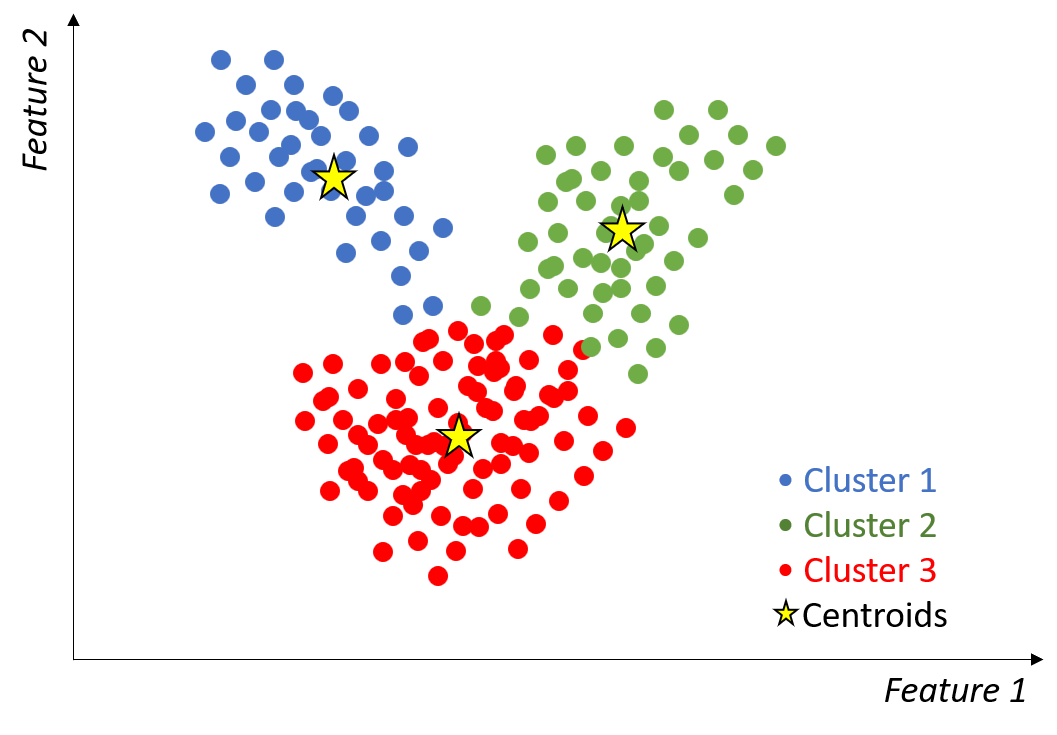
Silhouette score
- Measures clustering's quality
- Ranges from -1 to 1
- 1 → well-separated clusters
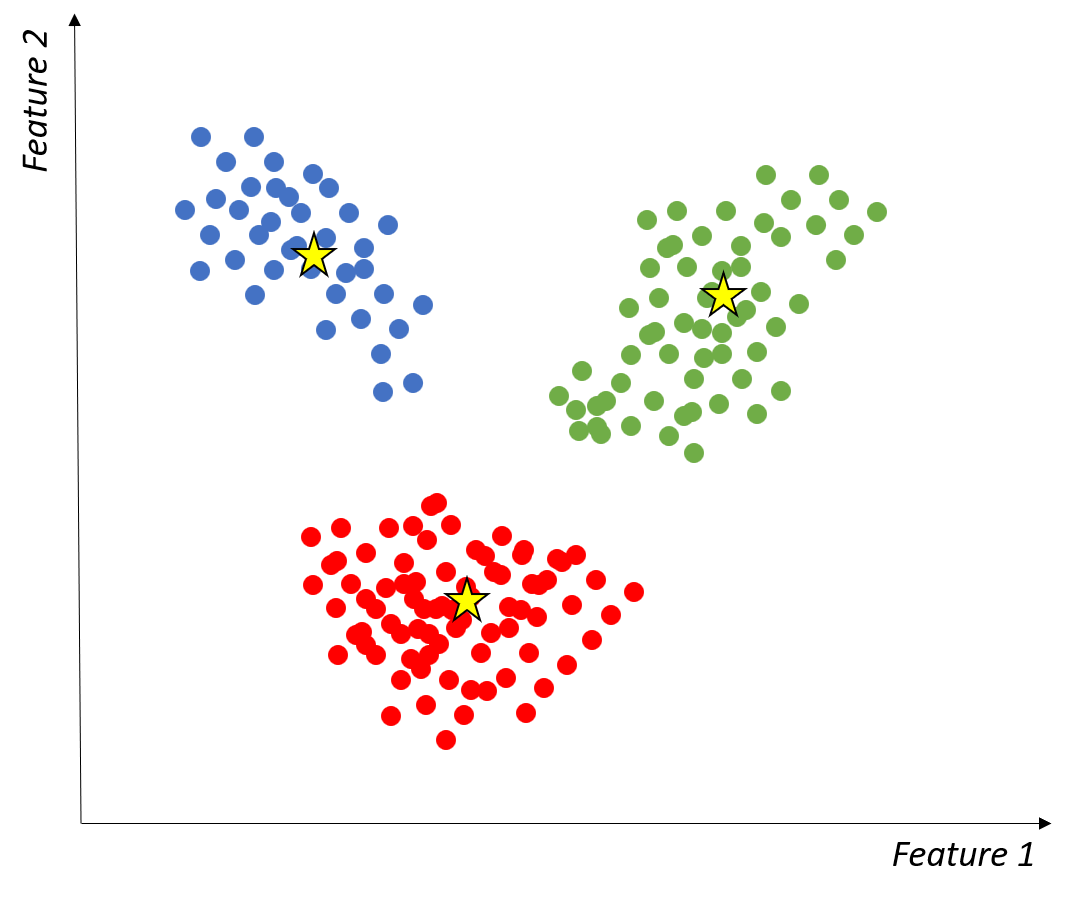
Silhouette score
- Measures clustering's quality
- Ranges from -1 to 1
- 1 → well-separated clusters
- -1 → points incorrectly assigned
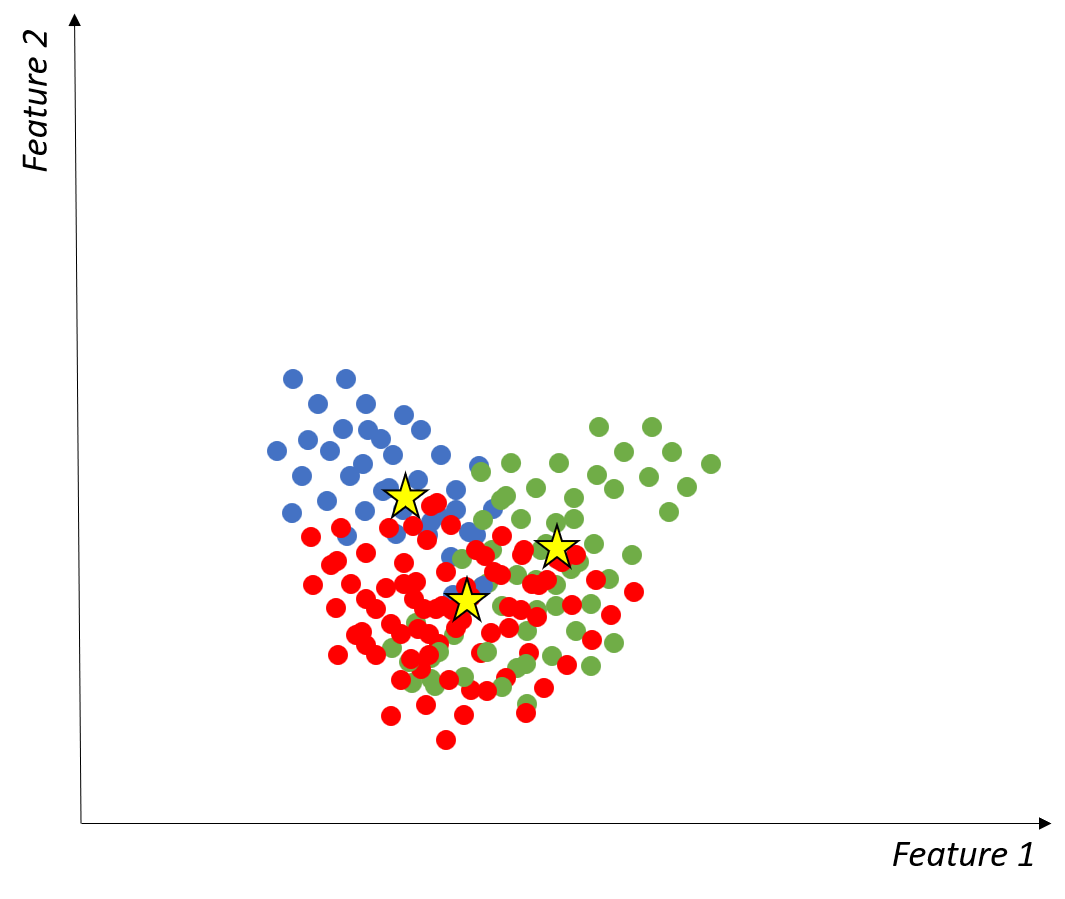
Feature impact on cluster quality
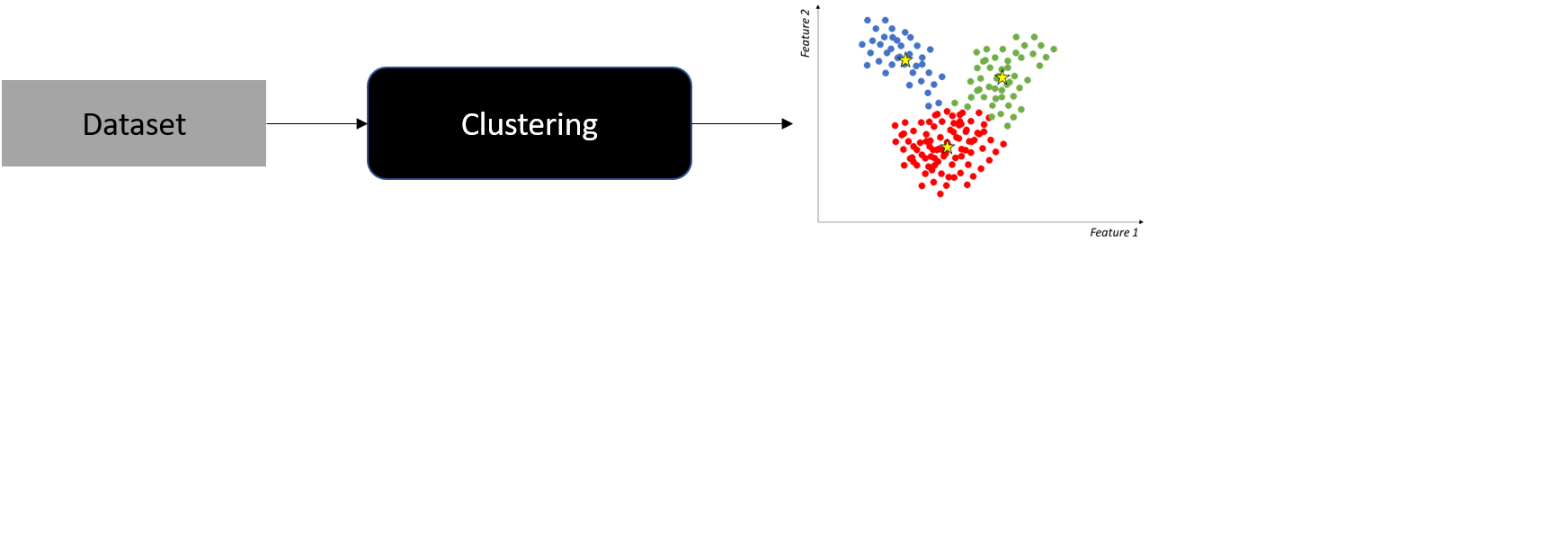
Feature impact on cluster quality
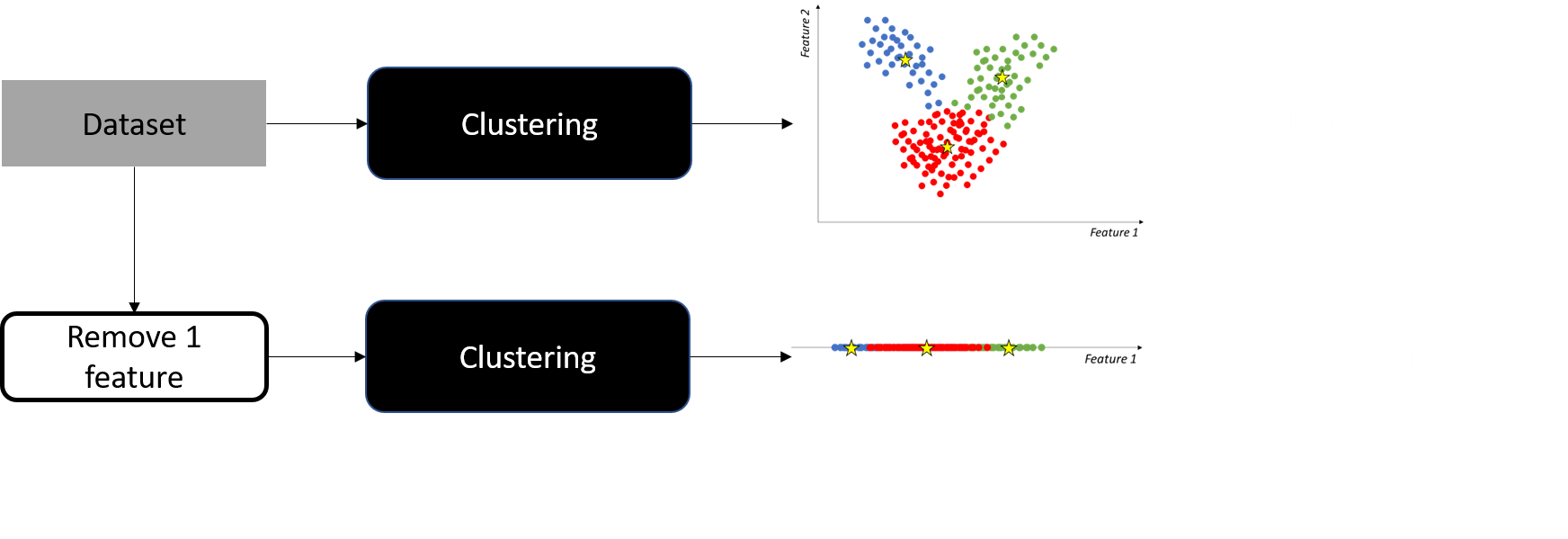
Feature impact on cluster quality
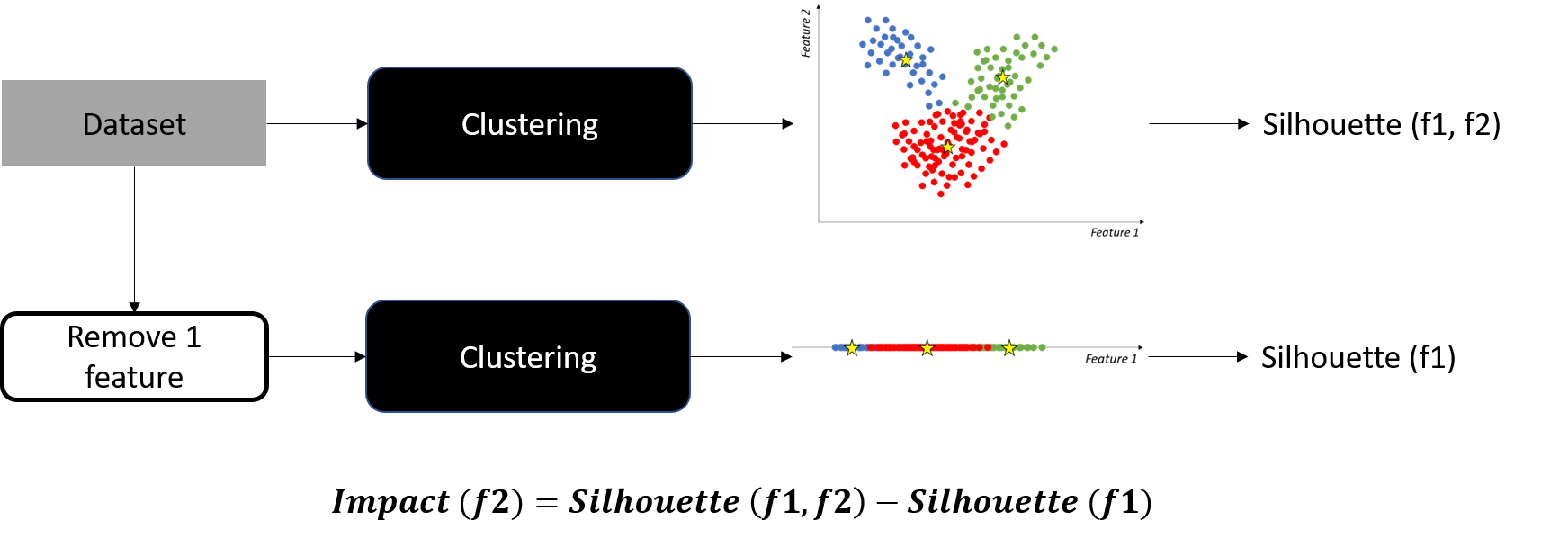
- $\text{Impact(}f) > 0$ → positive contribution for $f$
- $\text{Impact(}f) < 0$ → $f$ introduces noise
Student Performance dataset
| age | health status | absences | G1 | G2 | G3 |
|---|---|---|---|---|---|
| 18 | 3 | 4 | 0 | 11 | 11 |
| 17 | 3 | 2 | 9 | 11 | 11 |
| 15 | 3 | 6 | 12 | 13 | 12 |
| 15 | 5 | 0 | 14 | 14 | 14 |
| 16 | 5 | 0 | 11 | 13 | 13 |
X: array containing features
Computing feature impact on cluster quality
from sklearn.cluster import KMeans from sklearn.metrics import silhouette_scorekmeans = KMeans(n_clusters=2).fit(X)original_score = silhouette_score(X, kmeans.labels_)for i in range(X.shape[1]):X_reduced = np.delete(X, i, axis=1)kmeans.fit(X_reduced)new_score = silhouette_score(X_reduced, kmeans.labels_)impact = original_score - new_score print(f'Feature {column_names[i]}: Impact = {impact}')
Computing feature impact on cluster quality
Feature age: Impact = 0.05199181662741281
Feature health status: Impact = 0.06046737420227638
Feature absences: Impact = 0.031290940582026694
Feature G1: Impact = -0.025746421940652353
Feature G2: Impact = -0.02578292339364119
Feature G3: Impact = -0.03163419458330158
Adjusted rand index (ARI)
- Measures how well cluster assignments match
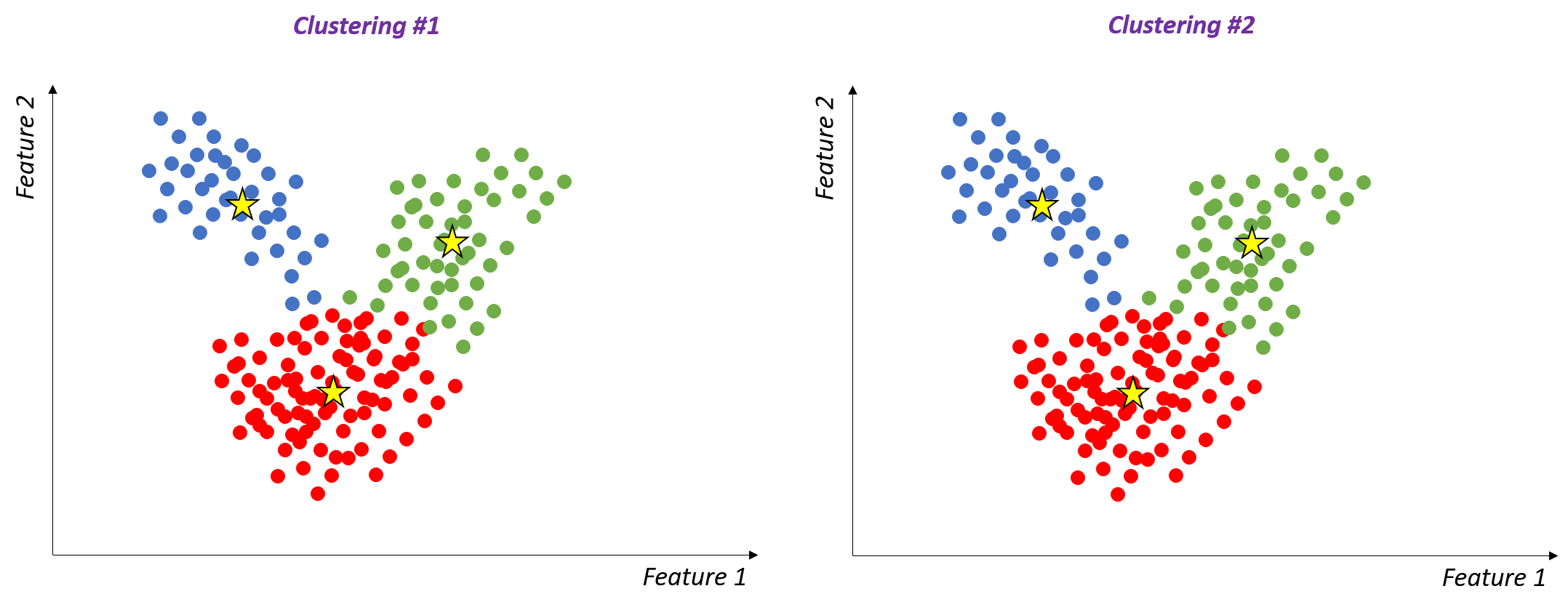
- Maximum ARI = 1 → perfect cluster alignment
Adjusted rand index (ARI)
- Measures how well cluster assignments match
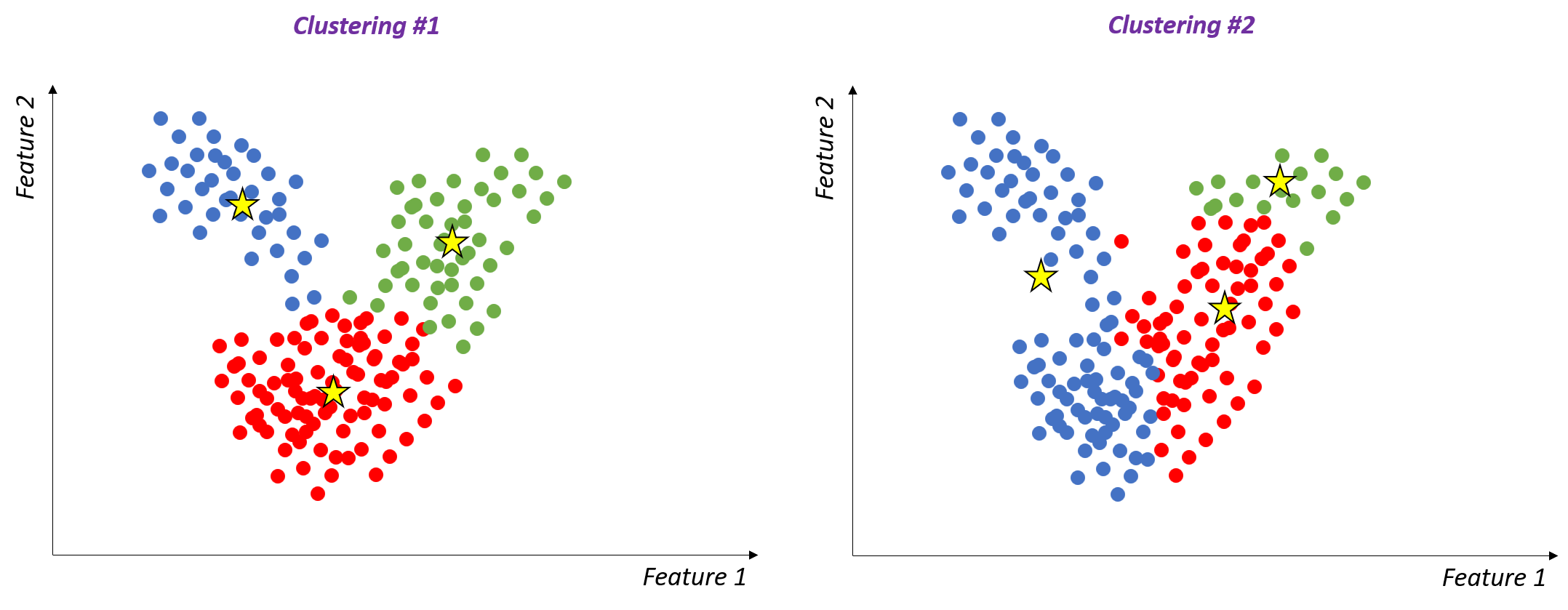
- Maximum ARI = 1 → perfect cluster alignment
- Lower ARI → greater difference in clusterings
Feature importance for cluster assignments
- Remove features one at a time
- $\text{Importance}(f) = 1 - \text{ARI (original clusters, modifed clusters)}$
- Low $\text(ARI)$ → high $\text(1 - ARI)$ → important feature
Feature importance for cluster assignment
from sklearn.metrics import adjusted_rand_scorekmeans = KMeans(n_clusters=2).fit(X) original_clusters = kmeans.predict(X)for i in range(X.shape[1]):X_reduced = np.delete(X, i, axis=1)reduced_clusters = kmeans.fit_predict(X_reduced)importance = 1 - adjusted_rand_score(original_clusters, reduced_clusters) print(f'{df.columns[i]}: {importance}')
age: 0.0
health status: 0.9995376368119572
absences: 0.0
G1: 0.0
G2: 0.6204069909514572
G3: 0.6204069909514572
Let's practice!
Explainable AI in Python

